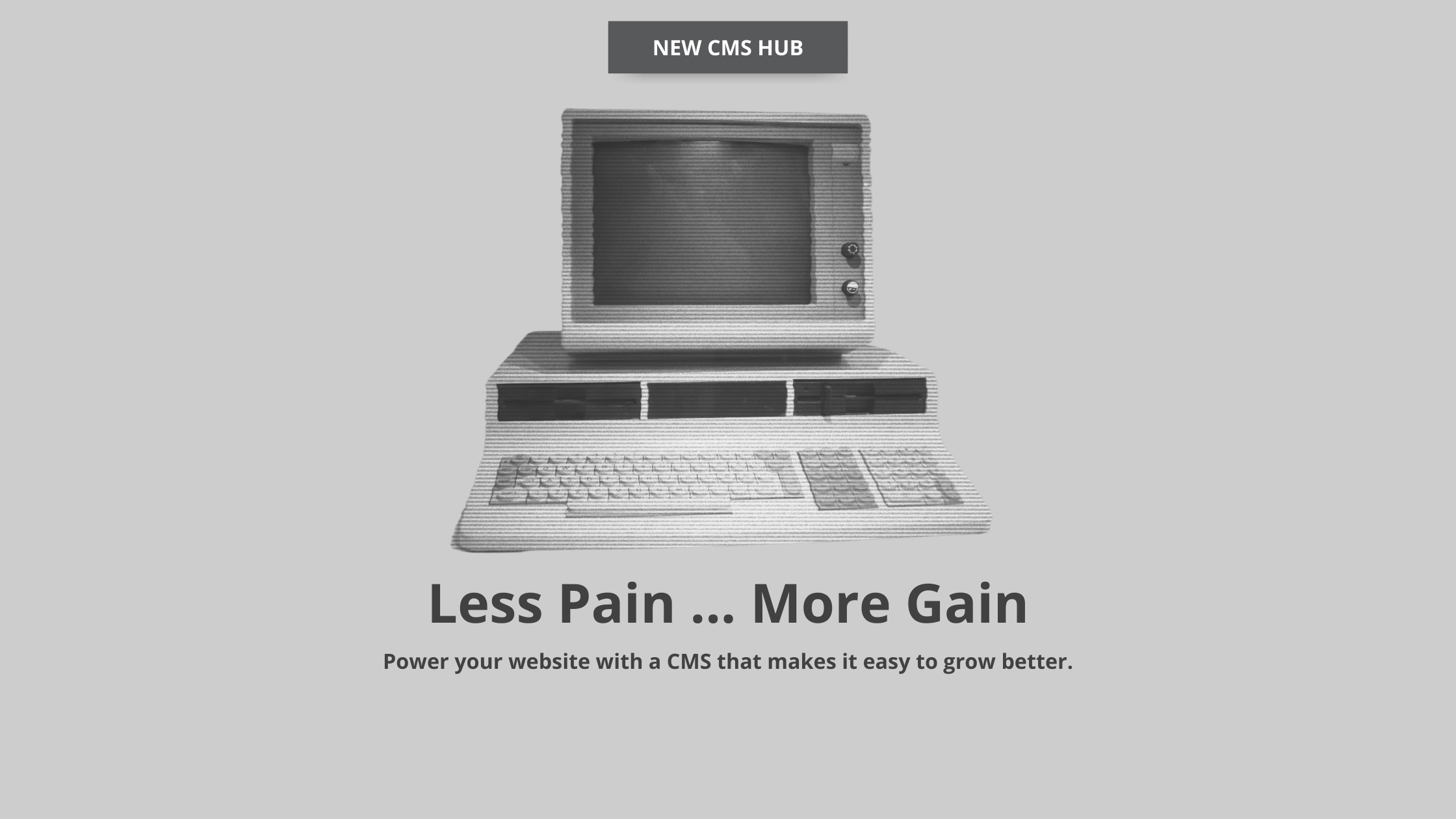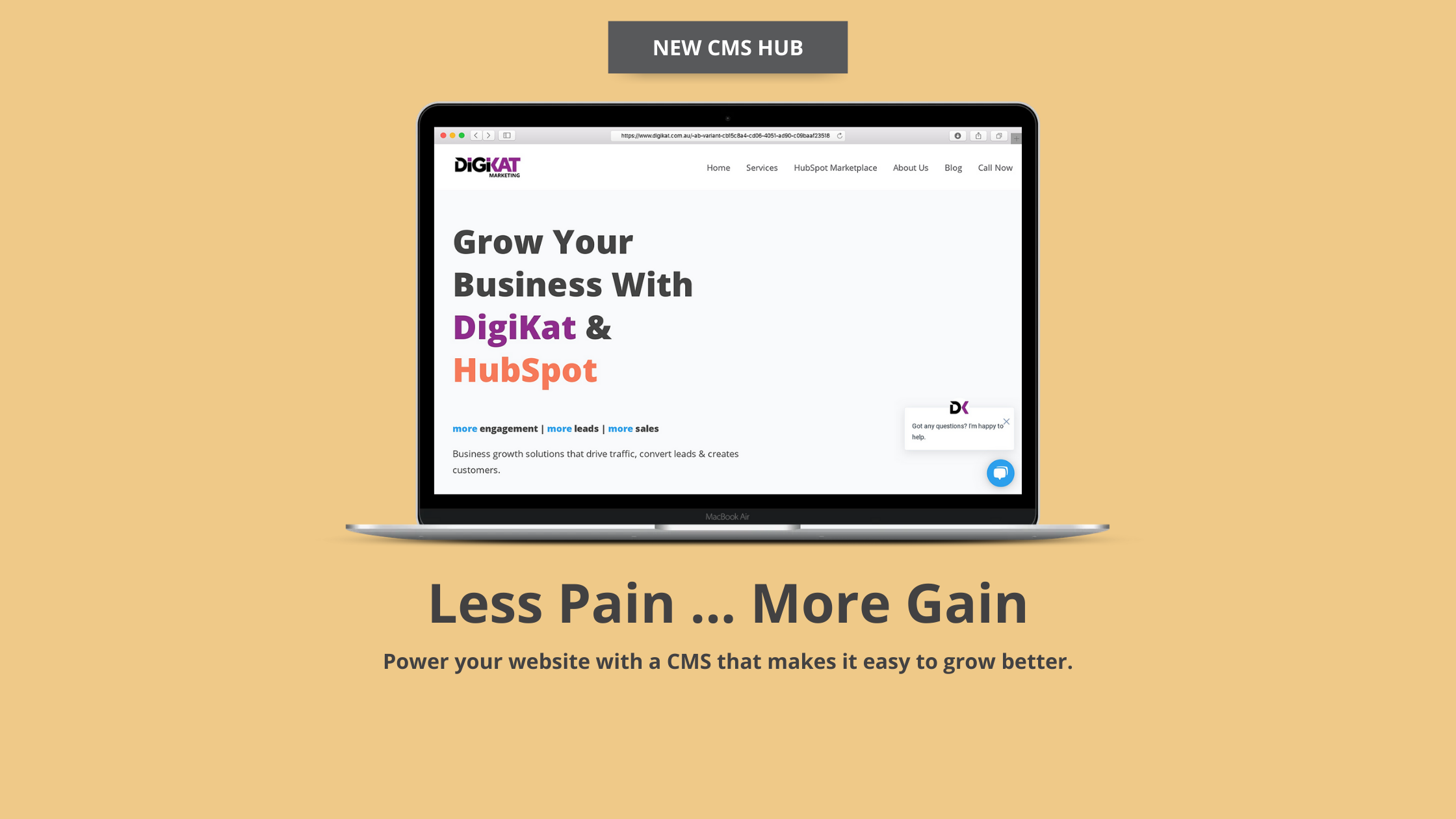What Does Growth-Driven Design Look Like in 2020 and Beyond?
As a business owner or marketing professional, you've likely slogged through a difficult website redesign at least once. Planning a redesign, bringing it to life, and testing it is a process that can take months and cause a lot of headaches for your entire team. But there's a better way! Read on to learn about growth-driven design strategies and how you can use these strategies to keep your website fresh and get a leg up on the competition.
Growth-Driven Design 101
Most businesses plan a total redesign of their website every few years. This means changing the look and feel of the site, updating all the content, and making their website feel modern and fresh. While it's absolutely essential to keep your website up-to-date, most of these redesigns happen and are then forgotten about. A business owner redesigns their website and then thinks, "well, I don't have to worry about doing that again for a few years!" But the truth is, your business changes a lot over a period of weeks and months. Your target audience may evolve as you try out new products or initiatives. Your marketing goals may shift or change with trends. And you are constantly gaining insight into your customers and their needs and wants, and your website should reflect this.

Traditional website redesign takes months from inception to launch and doesn't offer much flexibility. Growth-driven design, on the other hand, integrates web design and marketing, so that your marketing goals align with the way your website is created. After all, your website is one of the best marketing tools you have. Growth-driven design focuses on launching a basic website and improving it based on the actions that potential customers take on your website. When a website is created using growth-driven design principals, you gather data about the behaviours that visitors have on your website and use that information to optimise the style and function of your site. Your website should be analysed on a roughly month-to-month basis to nail down what parts of your site are working and which aren't connecting with your customers in the way you need them to.
Because growth-driven design centres around aligning your website with your marketing insights, it can better help you reach your marketing goals. You are crafting your site based on what your customers want and need, which means that, in the long run, you'll be getting more leads, more conversions, and in turn, more sales. When improving your site over time, look at KPIs like how long people are spending on certain pages, what pages people are landing on organically, which pages people bounce from the most, and which calls to action visitors respond to the best. With this information in hand, you can build pages armed with the knowledge of what people are looking for.
How Growth-Driven Design Has Evolved
Digital marketing is always changing, which means that growth-driven design needs to stay on top of the latest marketing trends to be effective. One of the biggest current marketing trends is inbound marketing. Inbound marketing and growth-driven design go hand in hand because both work hard to focus on the specific needs of your customers and create a fantastic user experience. Inbound marketing realises that ultimately, the customers are the decision-makers when it comes to whether or not they will make a purchase. As a company, you must do everything you can to delight potential customers and set yourself apart from your competition. A website created with growth-driven design strategies should be one component of your overall marketing strategy and should work in conjunction with all other pieces of your marketing plan.
Building trust and establishing a relationship with customers has never been more important than it is right now. That's why growth-driven design is so important for your business. When you base your entire website around the needs and desires of your customer, you'll find that customers come to you because they have confidence in your ability to help answer their questions and solve their problems.
Growth-driven design is tied to changing SEO techniques as well. It's a search engine's job to match searchers with the results they need, so as the way people use search engines changes, so does SEO. Search engines rank responsive pages higher (i.e. pages that automatically adjust based on what device you're viewing the site on). It's important to make sure that your site is optimised for mobile, especially as more and more people browse the web on their phone or tablet. In addition, a growth-driven design strategy focuses on constantly updating content on your site. Search engines favour sites that are regularly updated, which means that focusing on a growth-driven design strategy will improve your SEO, even as SEO evolves and changes.


Plan Your Growth-Driven Design Strategy For The Future
Want to make your website future-proof? Focus on growth-driven design instead of traditional website redesigns. Constantly updating your website and working to appeal to your customers will automatically help you adapt to changing trends. First, plan a strategy. Map out your customer personas and see what exactly they may want from your website. Think about the problems they may have or the questions they may want answered, and base the content on your site around those points.
From there, you can quickly launch the basis for a website that will grow and change as you learn more about what people respond to. This website doesn't have to be a finished product, which means you can get it off the ground faster. With this site, you can begin to gather data by looking at the analytics of the website. You'll never have to plan a huge website redesign again, and never have to go through your website becoming obsolete shortly after you launch it.
Hubspot's CMS makes it easy to build and launch a growth-driven design based website quickly, even if you have limited technical knowledge. And if you need an extra hand with aligning your digital marketing strategy and your website, contact us. DigiKat Marketing is here to help!
From the blog


